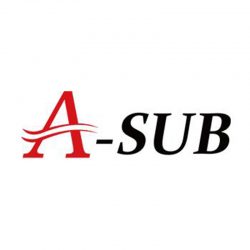The Power of Tags: Organizing and Navigating Digital Content
In today’s digital age, where vast amounts of information and content are at our fingertips, the need for efficient organization and navigation has become more critical than ever. This is where tags come into play—a seemingly simple yet incredibly powerful tool that revolutionizes how we manage and interact with digital content.
Tags are metadata labels or keywords that we assign to various types of digital content, such as articles, photos, videos, and documents. These labels act as descriptors, offering a quick snapshot of the content’s essence, enabling easy categorization and retrieval. The concept of tagging has gained immense popularity across platforms ranging from social media to file management systems due to its numerous benefits.
One of the primary advantages of using tags is their flexibility. Unlike rigid folder structures, tags allow content to belong to multiple categories simultaneously. This flexibility eradicates the need to choose a single “correct” location for content, making it easier to find and manage. For instance, a photo of a mountain sunrise can be tagged with “nature,” “scenery,” and “travel,” providing a comprehensive view of its content.
Tags also simplify content discovery and search. When we assign tags to our content, we create pathways for our future selves and others to access it effortlessly. The searchable nature of tags ensures that even if you forget where you stored a particular document or image, you can quickly retrieve it by searching for relevant tags. This aids productivity and saves valuable time that might otherwise be spent on tedious searches.
In collaborative environments, tags enhance teamwork and communication. Colleagues can tag shared documents with project-specific keywords, enabling all team members to access and understand relevant materials easily. This shared understanding reduces confusion and streamlines workflows, contributing to more efficient collaboration.
Social media platforms have capitalized on the power of tags to create dynamic communities. By attaching relevant tags to posts, users can participate in conversations and trends across the platform. Tags serve as a gateway to a world of content related to a particular topic, connecting people who share similar interests and facilitating meaningful interactions.
Despite their benefits, it’s essential to use tags thoughtfully and consistently. A haphazard or excessive use of tags can result in confusion and hinder efficient organization. Establishing a set of standardized tags and guidelines can help ensure that everyone involved understands their purpose and application.
In conclusion, tags are more than just labels; they are an organizational superpower in the digital landscape. They provide structure to our information-rich lives, simplifying content management, navigation, and discovery. As our digital footprint continues to expand, mastering the art of tagging becomes increasingly valuable in maintaining order amidst the digital chaos.












